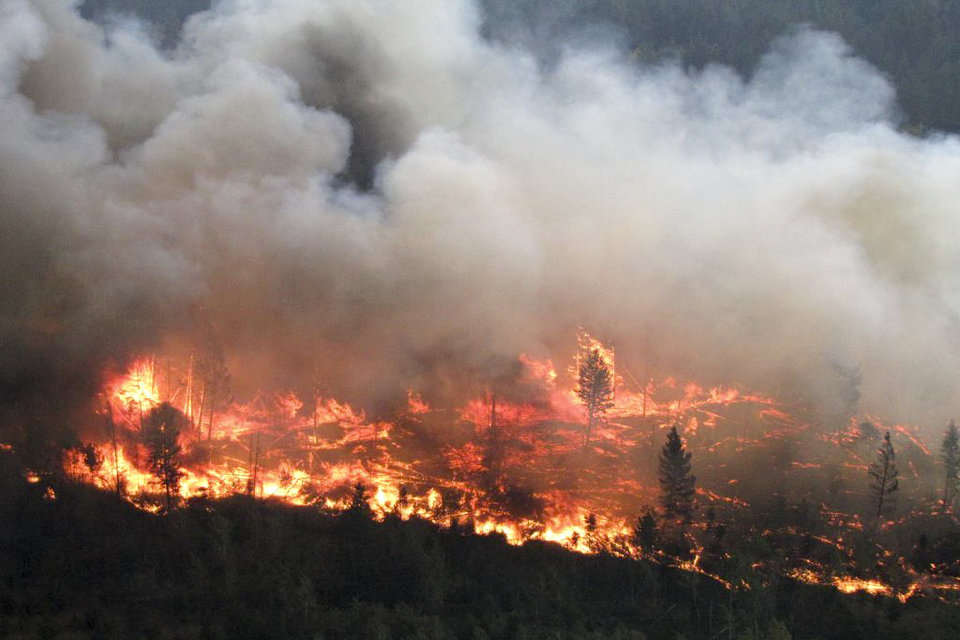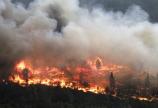BC public supports forest rehab to address climate change

A top climate change mitigation strategy favoured by British Columbians is the restoration of forests ravaged by wildfires and insects, according to an assessment of public attitudes toward forest carbon mitigation.
Researchers with the Pacific Institute for Climate Solutions (PICS) Forest Carbon Management Project analyzed public opinion about forest management strategies designed to mitigate climate change, as well as the factors that influence an individual’s support for a particular option.
Rehabilitation strategy garnered the highest support of eight strategies, according to the research published in the open-access science journal PLOS ONE. Rehabilitation can accelerate the rate of carbon removal from the atmosphere. The strategy presented to survey participants involved planting trees in areas of poor growth due to insects and fires.
Overall, respondents showed greater support for reducing emissions through conservation strategies rather than enhanced forest management strategies such as collecting more wood per hectare to reduce waste or using fertilizer to enhance tree growth.
The Forest Carbon Management Project is a multi-year initiative supported by the University of Victoria-based PICS that includes scientists from Natural Resources Canada, the University of British Columbia (UBC) and the BC Ministry of Forest, Lands, Natural Resource Operations and Rural Development.
Forest carbon management aims to increase carbon storage capacity of forest ecosystems and forest-product carbon pools, and reduce emissions associated with forest management activities.
“The forestry sector can potentially contribute to BC meeting its climate targets, but the success of mitigation strategies will likely depend on public buy-in,” says Guillaume Peterson St-Laurent, a UBC PhD candidate and the study’s lead author.
“This study shows recent natural disasters such as BC wildfires and mountain pine beetle epidemics influence how citizens think about climate mitigation in forest management, and that they believe it's a priority that needs to be addressed. We would also emphasize that no single strategy can maximize forest carbon mitigation alone."
Respondents’ choices were determined by variables such as environmental values, knowledge of climate change and forest management, trust in decision-makers, and level of human intervention.
Peterson St-Laurent and co-authors Shannon Hagerman, Robert Kozak and George Hoberg also concluded that the public has greater trust in scientists and professional foresters than government and industry. Government can address the distrust by enhancing partnerships with trusted actors such as environmental organizations, First Nations and scientists, they noted.
In a related paper, researchers found similar levels of support for forest carbon mitigation strategies in an analysis that emphasized engagement with key stakeholders and Indigenous peoples.
Access a high-resolution image and a PDF of the eight strategies at this Dropbox link.
-- 30 --
Photos
Media contacts
Jennifer Kwan (PICS Senior Communications Officer) at 250-853-3626 or picscomm@uvic.ca
In this story
Keywords: climate, forestry, carbon, Pacific Institute for Climate Solutions, University of BC, Natural Resources Canada, Forests Ministry
People: Guillaume Peterson St-Laurent, Shannon Hagerman, Robert Kozak, George Hoberg





